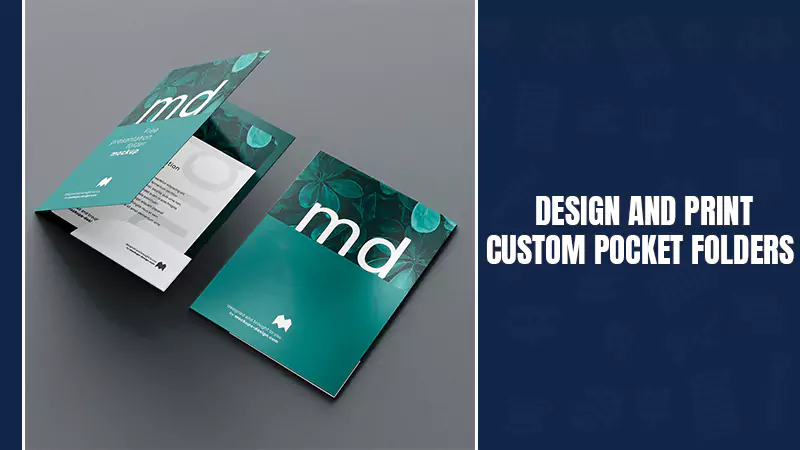Everything to Know About MEP Planning
If you’ve worked in the building automation sector for any period of time, you might have seen mechanical, electrical, and plumbing (MEP) plans. These are plans that specify how a building should be built. The MEP plans offer a wealth of information you will find beneficial as a controls specialist.
What Exactly is MEP?
MEP stands for Mechanical, Electrical, and Plumbing. MEP is required for many constructional coordination purposes. Electrical design and drafting, mechanical design and drafting, and plumbing design and drafting are all part of MEP. AutoCAD and Revit MEP are two of the drawing software used.
MEP (Mechanical, Electrical, and Plumbing) plans are widely used in the building automation industry. If you’ve been researching building automation for a while, you should be aware that mechanical and electrical designs are the foundation of your construction process.
MEP designs are crucial for developing the building structure, just as communication is essential for living. The MEP shop drawings act as a template for laying out the specifics of how a building should be built. MEP engineers get a great deal from MEP blueprints. Mechanical and electrical designs show how the HVAC and electrical systems of the buildings are built out with the main aim of controlling the Building Automation System (BAS) in mind. Using MEP Shop Drawings Services for construction projects proves to be advantageous for the structures.
What does MEP Include?
Electrical and mechanical services are included in the MEP plan for diverse sites. HVAC engineering, for example, is handled by mechanical systems.
MEP comprises installing air conditioning, fire suppression, alarm, and electrical systems, as well as drainage, data, and surveillance systems. Because of the aforementioned points, MEP is known as the building’s facility and service.
Civil and architectural construction provide the aesthetics, structure, and shape of a building. On the other hand, MEP provides facilities for providing services to the residents of a building.
These Services Include:
Mechanical:
Mechanical systems are used in a variety of ways in buildings. On the other hand, heating, ventilation, and air conditioning (HVAC) systems account for the majority of mechanical design work in residential and commercial structures.
These systems keep the internal temperature and humidity comfortable and healthy. Mechanical ventilation also assures a consistent flow of fresh air, keeping impurities to a minimum.
Mechanical installations work optimally when the equipment capacity is sufficient. Contrary to popular belief, overengineering has many negative consequences. For example, oversized coolers and heaters tend to cycle quickly, resulting in faster wear and indoor temperature variations.
Excessive engineering in mechanical systems also leads to poor indoor humidity regulation. Determine the optimal heat distribution channels, such as air vents, coolant lines, boiler pipes, steam plumbing, and so on, as part of the mechanical design. If combustion is used to heat a building, the equipment must be properly ventilated to avoid the discharge of harmful exhaust gases.
HVAC systems improve indoor comfort. This feature allows people to use the structure regardless of the weather. The most difficult aspect of mechanical engineering is creating a cost-effective and efficient design because any device that offers mechanical services will demand energy or water. Design Everest is most effective at this moment.
Electrical:
Finding the optimal pathways for electrical conductors and cabling in high-rise buildings can save a lot of material. Power systems take up less space and may be routed around barriers more easily than mechanical components, providing greater design flexibility. MEP design software can be used to lay out conduit and wiring while limiting overall circuit size and minimizing mechanical and plumbing system issues.
Lighting systems are the most energy-intensive electrical systems in most buildings. Energy experts typically recommend LED lighting since it can save anywhere from 30% to 90% of the energy utilized, depending on the type of bulb replaced. Many design software packages can simulate lighting to assist you in determining how many fixtures you need and where they should be placed.
Mechanical and electrical engineers must collaborate closely in the field of HVAC. Mechanical engineers compute the space heating and air conditioning loads to determine equipment capacities.
Electrical engineers design the circuits and safety features that enable this technology to operate indefinitely and safely. Furnaces and boilers are the primary HVAC components that use fossil fuels as an energy source. In most cases, electricity powers air conditioners, chillers, air handling systems, and hydronic pumps.
Plumbing:
Plumbing is any system that allows fluids to flow and includes plumbing fittings, valves, pipes, and tanks, among other things. Plumbing engineering is largely concerned with the drinking water, drainage, and sewage systems of buildings. Firefighting pumps and sprinklers are also included in the plumbing design.
A well-designed plumbing system should not interfere with other systems during installation. Furthermore, effective coordination across several systems will eliminate a substantial amount of rework. Plumbing designs in residential structures include consumption water, hot water, and sewage systems.
You may also like to read: The Ultimate Guide to Concrete Restoration Process and Methods
Regulations govern plumbing systems. The plumbing design process, like ducting in mechanical design and conduit in electrical design, includes the creation of pipe routes. MEP engineers use new software to simplify the process and reduce disagreements.
Plumbing systems are frequently linked to mechanical components. As a result, communication among design teams is essential. Electric water-boosting motors are often employed in high-rise projects. Domestic hot water systems, similarly, often employ a specialist water heater or a heat transfer fluid in conjunction with a space heating boiler.
MEP’s Role in Building Construction Explained
Coordinated MEP shop drawings are a valuable asset to many design-build projects. These drawings include:
- Composite drawings
- Plumbing drawings
- Mechanical piping details
- Coordinated shop drawings
- Pipe fabrication
- Electrical technical drawings
- Underground and above-ceiling coordination
- HVAC & ductwork designs
- Mechanical & HVAC detailed drawings
Benefits of Integrated MEP
An integrated MEP approach surpasses building each system independently when it comes to structural component planning. Managing interconnections between building systems is difficult when the design process is fragmented, and equipment position disputes are typical.
Due to the intricacy of MEP system layouts, modern engineering firms use software to speed up the design process.
A computer can automate easy and repetitive tasks, allowing MEP specialists to make the best design choices feasible. With the implementation of modern MEP software, the value of the 3-Dimensional model developed during the design phase transcends the building stage. You can use the model as a reference for maintenance chores and update it in parallel with important structural changes.
Wrapping It Up
As a result, it is critical to recognize the significance of MEP design in the building industry. It is an excellent way to ensure quality while also saving money.
So, that’s a summary of MEP designs and how they successfully support the construction workflow. Every building project is unique, as are its MEP standards. Our specialists will work with you to determine the best criteria for your project. Because of our knowledge and experience, we can create a meaningful design for the user. Contact us today for a no-obligation price and consultation.











Share